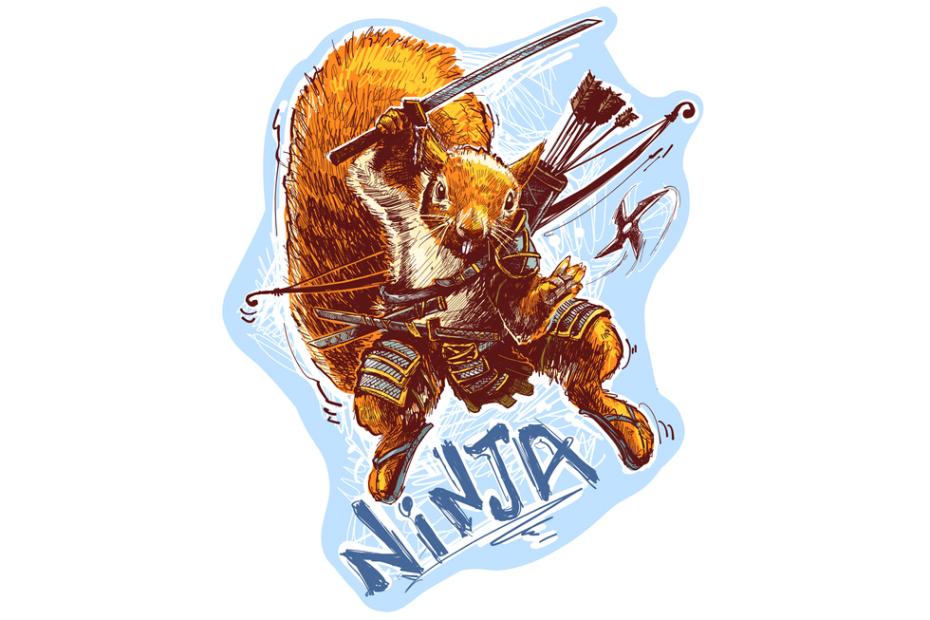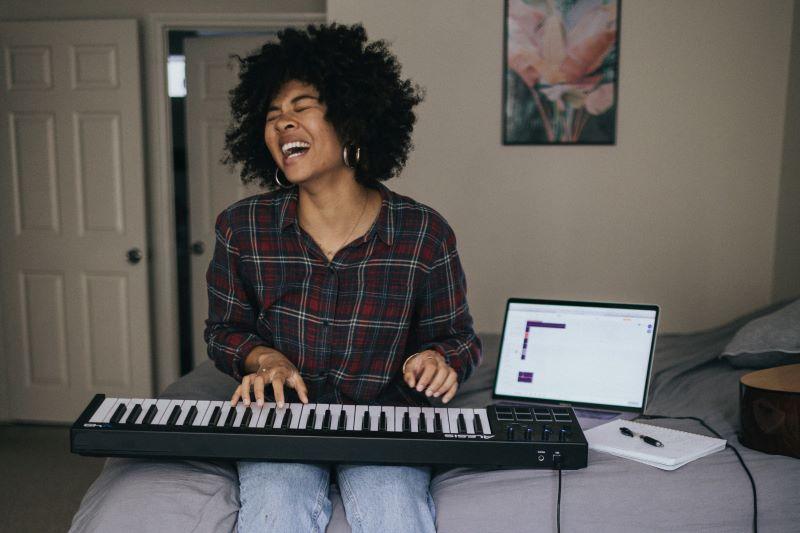
A space where ideas can take shape in the creative arts
Out of writer’s block and research into the artistic process have grown a tool and a community to foster new work. Novelist Sue Woolfe describes how an international creativity bar works
I’m an Australian novelist who had writer’s block while doing my creative arts doctorate and flailed about so wildly that I looked to neuroscience for help. I later turned this crisis and my resulting research into a book, The Mystery of the Cleaning Lady: a Writer Looks at Creativity and Neuroscience. Ever since, I’ve continued to sleuth through neuroscience for what it knows about enhancing creativity.
I little thought that my fascination would lead to creating an international “creativity bar”.
I began to use my research to teach creative writing, which is traditionally taught without any neuroscience at all, first at the University of Sydney, then at Australia’s National Institute of Dramatic Art, invited by the head of school, Stephen Sewell, a playwright himself, who understood that neuroscience gives us a useful way to think about creativity. When a group of neuroscientists studied the effectiveness of our course for a year with a battery of 22 before-and-after objective tests and a subjective one, I was delighted, and more so at the result. It turned out our teaching enhanced the flexibility of the students’ ideas by 34 per cent and their originality by 65 per cent.
- Spotlight collection: creativity in higher education
- THE podcast: bringing an outsider’s eye to primary sources
- Read more: creative writing to hone critical thinking
I hadn’t imagined teaching anyone but writers, but on the back of that research, Kim Cunio, who headed the School of Music at the Australian National University, invited me to teach his composers to be more creative. I was initially reluctant, but I’d long been aware that, despite the difference in our outputs, we practitioners, whatever our disciplines, fall into a common language when we’re talking about the job of daily creating.
So, for three fascinating years, I taught composers. It was Covid, so lessons were on Zoom, but the students, often also musicians, invariably wrote glowing reports afterwards, which to me confirmed the findings of the research. Cunio said: “Composers are so fragile as they gain their skills [that] what is often most difficult is the task of keeping the inner songbird alive as they grow – this project was a big part of that process.”
The composers had been eager to share what the creative process was like for them, which resonated with my practice, so I felt that with them I’d found my tribe. To keep in touch with them, I decided to form a “creativity bar”, so called because by then they were often playing gigs at bars, and I set it for once a month. As the musicians grew busier, I began to invite the poets, novelists, visual artists, stage directors and screenwriters that I encountered in my research.
I knew from the start that we would not talk about the ideas that showed up in the eventual work because, when they’re so newly formed, they are vague and often merely sensed. Artists learn that putting them into words too early makes them vanish. For many of us, ideas become apparent only at the end. The work has to grow in the artist in its own time.
What we talk about instead is the felt experience of associative thinking, so different from linear, logical, analytic – in Heidegger’s word, “calculative” – thinking. We explore associative thinking’s insistence on the cessation of any other mode of thought, so it evaporates if that rule is broken; its dependence on meditation, that is, often to start knowing nothing, just a feeling of knowing (as Kenneth Bowers et al wrote); its unexpected leaps; the unbidden emotions it stirs; its linking of seemingly unconnected, often ridiculous things; its conjuring up disconcertingly life-like images and even voices. After all, it takes place in a completely different brain network than analytic thinking – which, speaking from experience only, seems to have a different modality.
As the creativity bar continues, I’ve discovered as a practitioner what a joy and relief it is to share common experiences of this strange thinking – such as when the work seems dull and uninspired and the most outlandish thing we’ve ever undertaken, and yet we feel strangely compelled to stay with it. This compulsion is always a sign, I’ve learned, that the work is articulating something essential to us, and perhaps eventually it will resonate with others. At this stage, we all agree, it’s tempting to give up, but then comes the flood of relief when the work suddenly jerks into life and talks back. These exchanges about the process spark the same relief that anyone might feel as they groan and exult with workmates over a Friday-night drink.
Visual artist Patricia Townsend said: “I wondered whether the findings of my research with visual artists would also apply to poets, novelists, composers and other forms of art. Then Sue Woolfe contacted me and I had the chance to find out. The creativity bar has given me a precious space to meet creative people from other disciplines and to share the highs and lows of what it’s like to be in the throes of creating a new work.”
Since a key element in the bar is that everyone is often at early stages of the work, I knew that these revelations must be protected, so I decided not to invite critics or learned onlookers, however well meaning. Everyone needed to be equally vulnerable.
When I invite an artist, I ensure they agree that what we talk about is never shared with others. For this reason I don’t record sessions, though I broke this practice recently when I invited the Portuguese potter and PhD candidate Paulo Tiago Cebeca to talk to us and he needed a recording of the session for his candidature. I’d received so many apologies from the group that I offered to share the recording but carefully gave all participants 24 hours’ notice to object.
Always I suggest topics that might in practice veer anywhere; often I invite a member who has just opened an exhibition or published a book or composed a piece to talk about what it was like to have “beholders” – that old-fashioned word we find so useful – and occasionally I invite a speaker.
Composer Wendy Suiter said of the bar: “Having others be intensely interested in my own insights from years of working in the abstract, intangible medium of music, and the joy of our stumbling words being taken seriously by the other practising artists, as we struggle to find a way to verbalise such interior processes and feelings, frankly sharing our own thoughts, creative struggles and processes, and occasionally our products, is a very validating experience."
Because research continues to underpin our discussions, I use the University of Sydney Zoom site. The creativity bar is now midway through its third year and seems stronger than ever. Every year I check if the artists want to continue, and every year they do.
Does talking about the doing of our work enhance the eventual work? Not directly, but when an artwork seems artless, fellow artists know that behind it is not only the years of learning one’s discipline (it’s estimated an average of 10 years, but I’d argue a lifetime) but of learning the skills demanded by associative thinking and patiently putting them into practice and never losing heart. I’d like to think the bar helps us to achieve doggedness.
It’s only recently that I’ve realised the truth of what one artist said: where else in the world is there another place when we practitioners can share our concerns without judgement or embarrassment? And if that’s true – why is it so?
Sue Woolfe is an honorary associate in the discipline of English and writing at the University of Sydney. She is the author of five fictional works, including Leaning Towards Infinity (Ligature e-books), which in its original publication year won the Christina Stead Prize for Fiction and the Commonwealth Prize for the Pacific region and was runner-up in prizes including the Commonwealth Prize and the US Tiptree Award for Speculative Fiction.
If you would like advice and insight from academics and university staff delivered direct to your inbox each week, sign up for the Campus newsletter.


